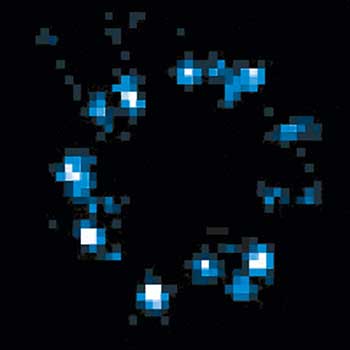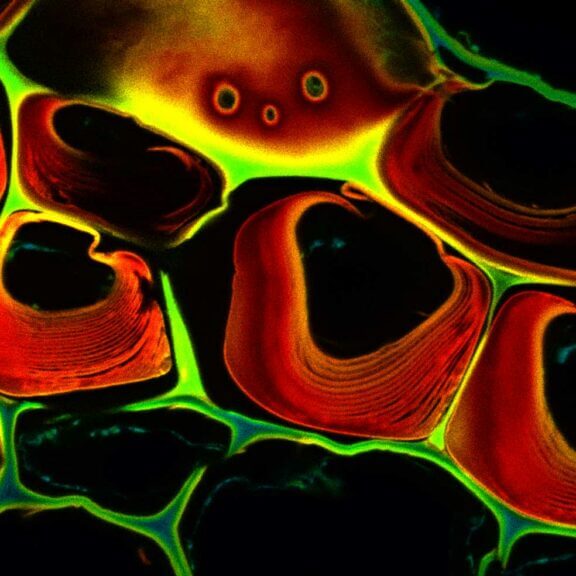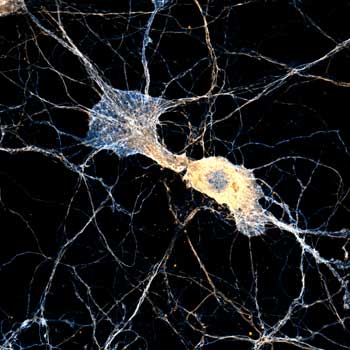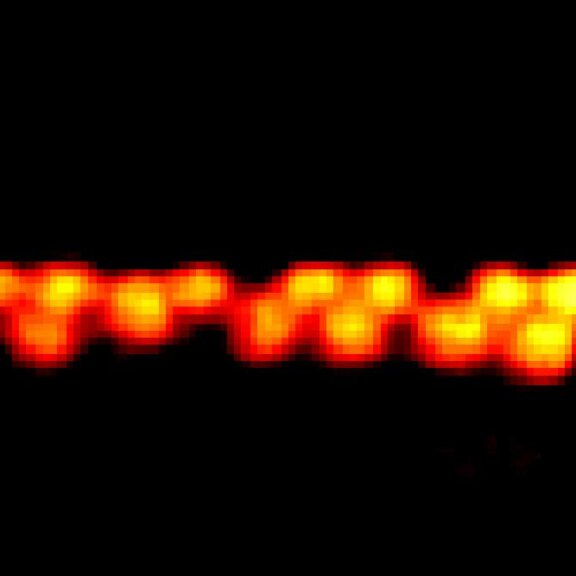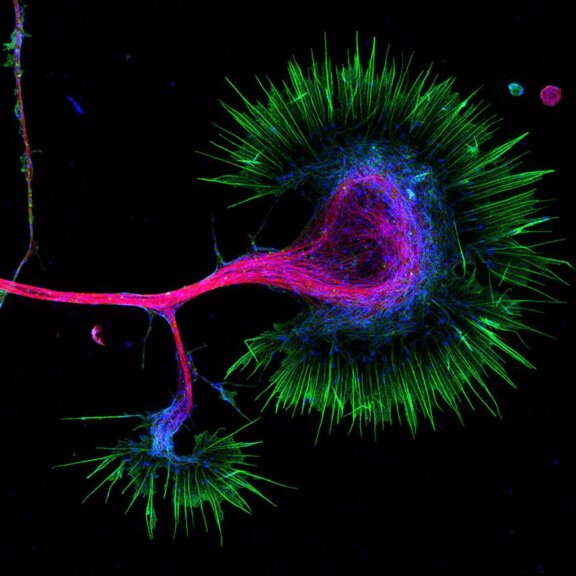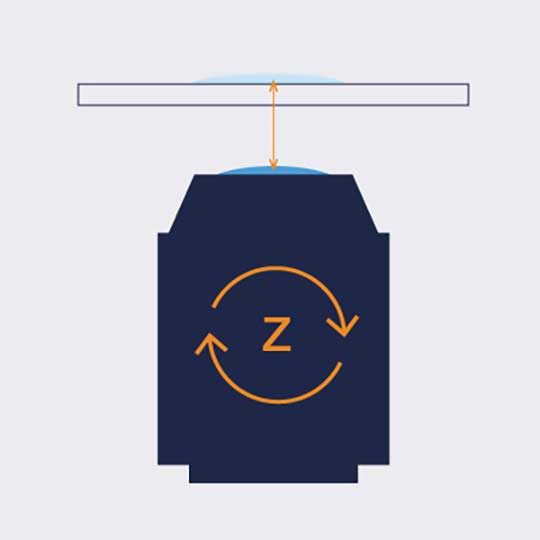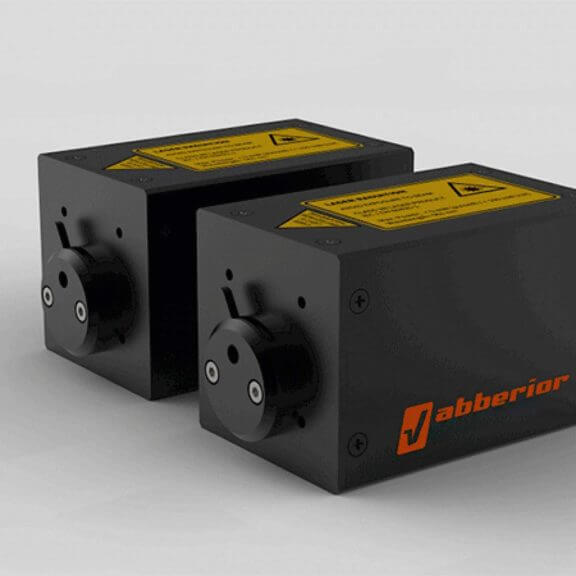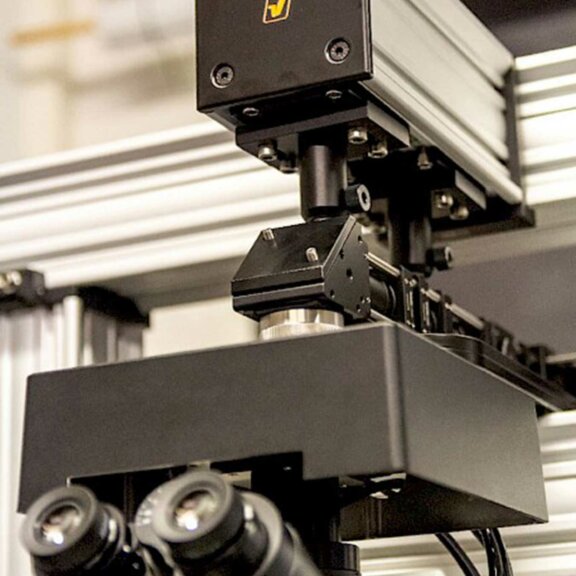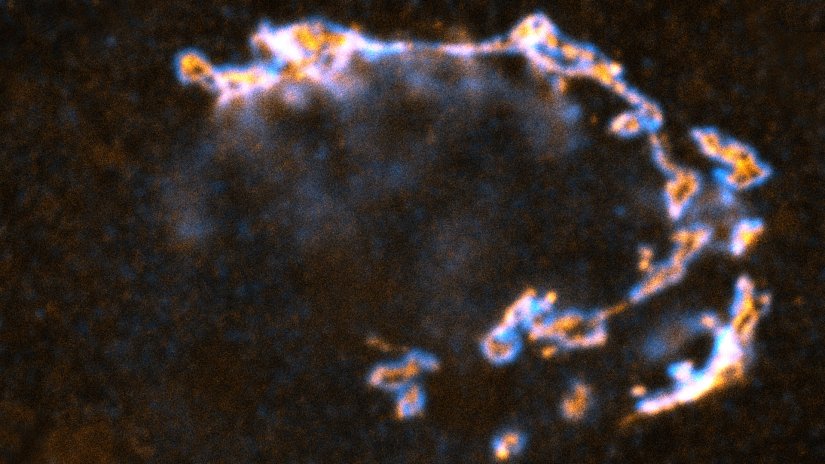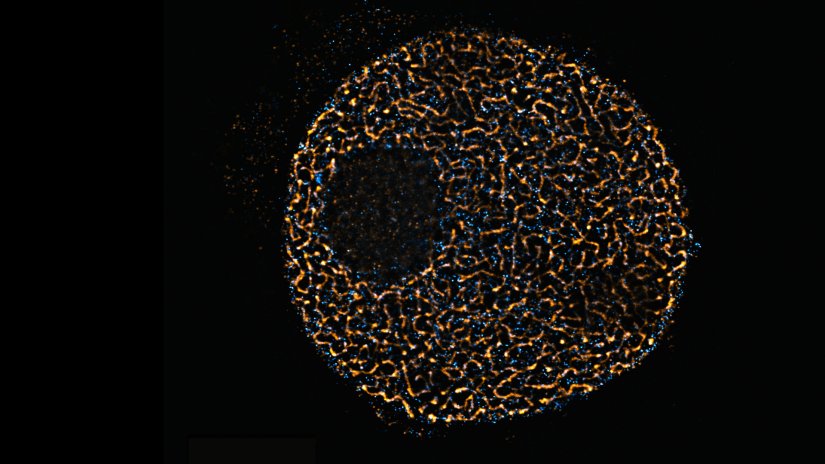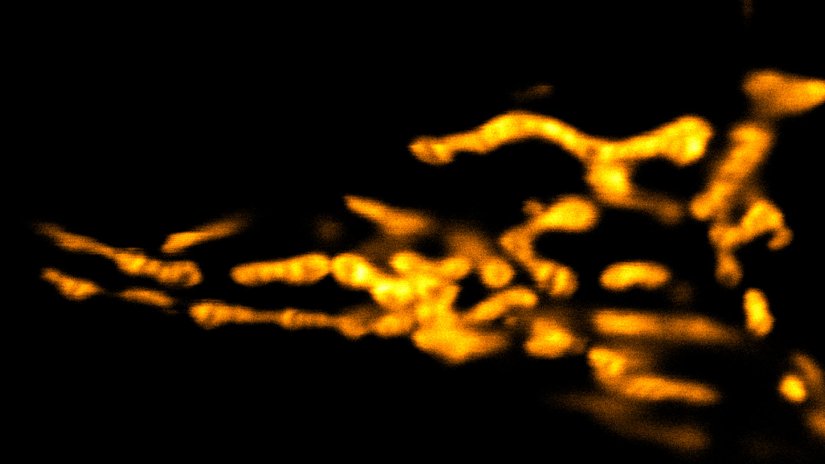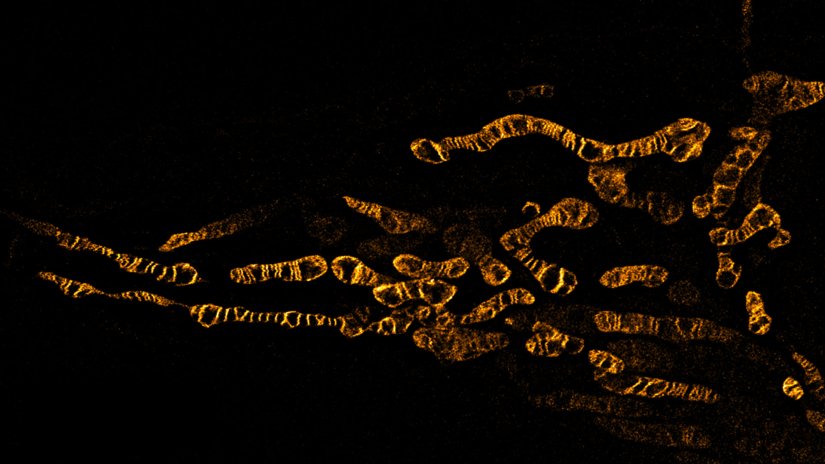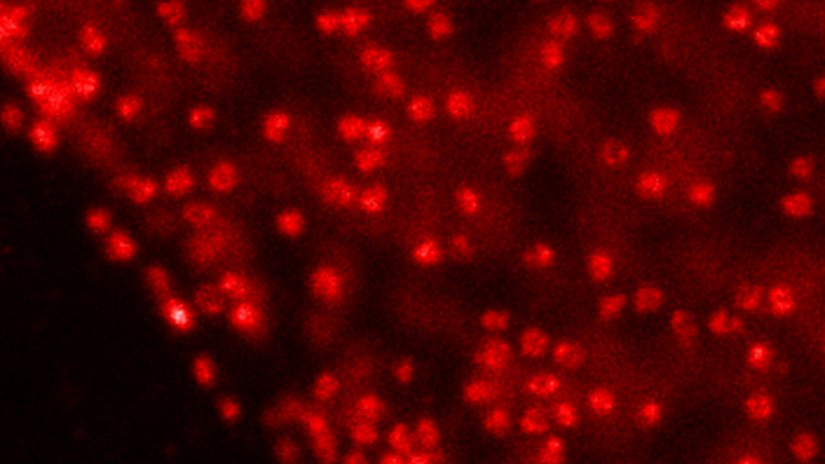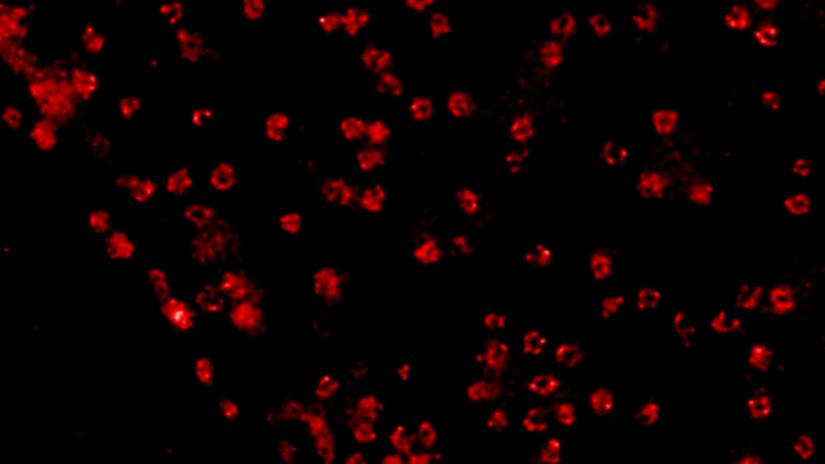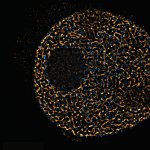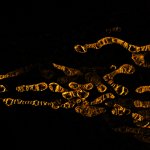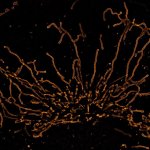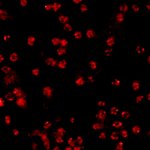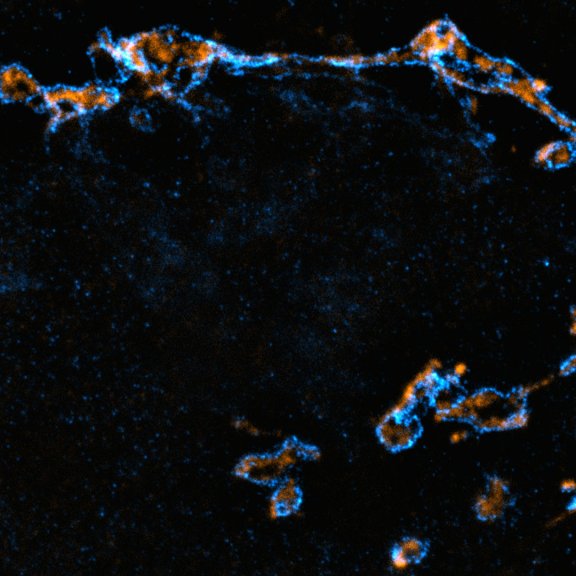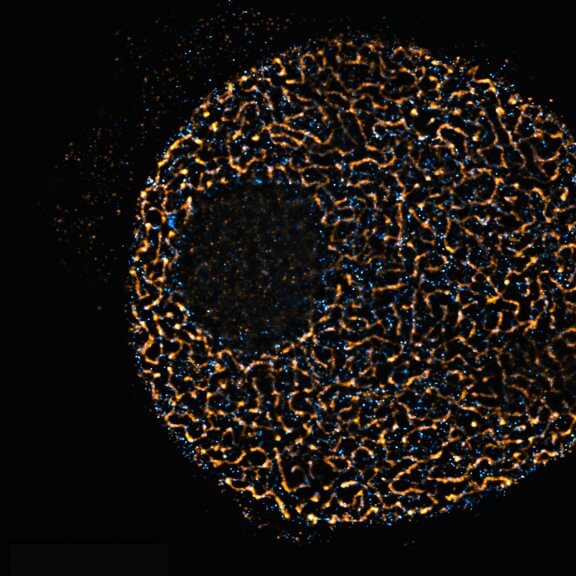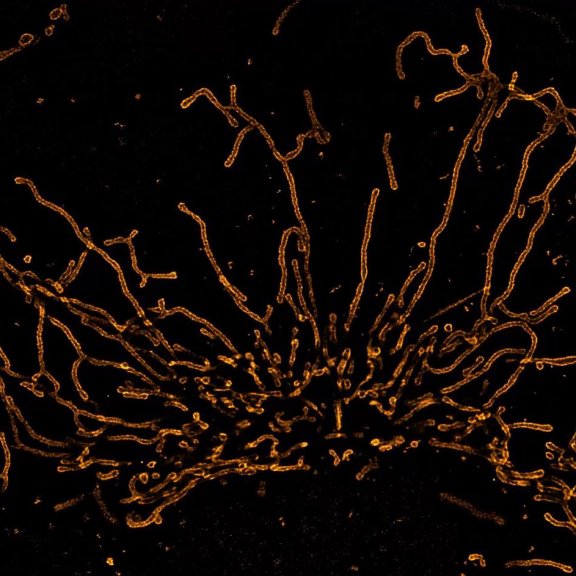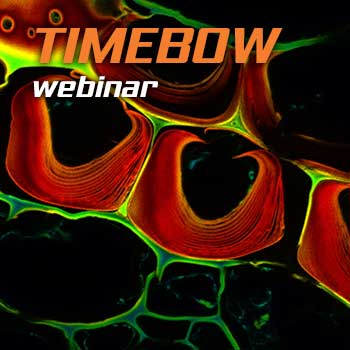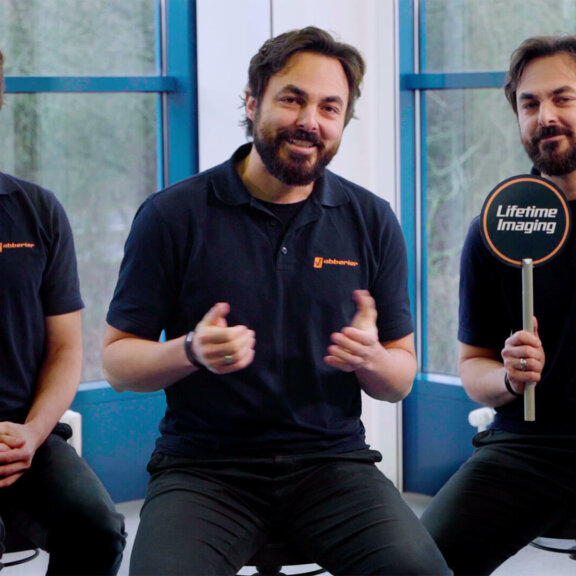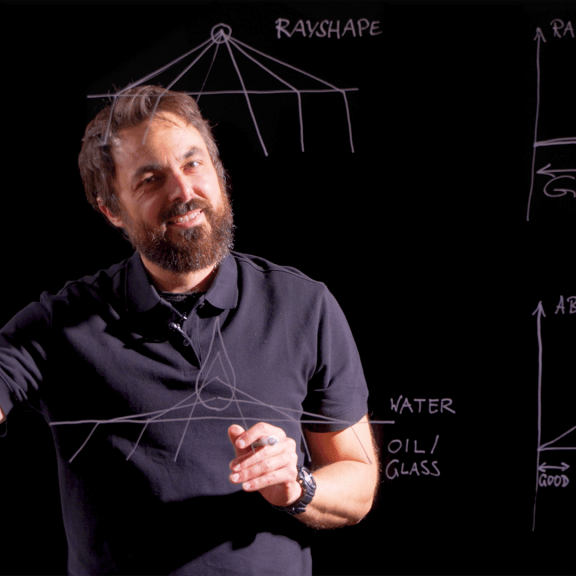TRUESHARP image boosting
TRUESHARP image boosting is next level deconvolution. It removes noise and background signal from your recorded data and strongly enhances resolution, sharpness, and brilliance of your images by incorporating experimentally measured information. You can therefore trust TRUESHARP to show what is present in your sample.
deconvolution you can trust
TRUESHARP online
TRUESHARP online deconvolution – a slim tool for advanced image processing that doesn’t cost you anything and that doesn’t require prior registration!
Check it out >MINFLUX Module
Single-digit nanometer resolution with the MINFLUX module for our MIRAVA POLYSCOPE
MATRIX Detector
Many eyes see more than one. The MATRIX detector drastically improves signal-to-background ratio, resolution, and dynamic range.
TIMEBOW Imaging
TIMEBOW lifetime imaging for stunning results at confocal and STED super-resolution.
FLEXPOSURE Illumination
Brings down the light dose on your sample and lables dramatically. Key ingredient for volume and live-cell superresolution.
RAYSHAPE Mirror
Dynamic aberration correction with a deformable mirror over about 200 µm z-range. 140 digital actuators adjust the mirror surface within milliseconds.
Custom Solutions
We offer solutions for even the most challenging applications. Everything that can be done, we will do.
abberior offers all
the technologies and modules to ensure the best results
There are many ways to optimize the outcome of your imaging session already during acquisition – by using superresolution techniques like STED for example, or by employing modules such as MATRIX array detection or TIMEBOW lifetime imaging.
However, even images recorded with the best microscope and imaging settings contain noise and background and may be further improved by deconvolution. Modern deconvolution software can handle both noise and background only to a certain extend. This is because it relies on a-priori assumptions about the sample structure which are frequently inaccurate and may therefore produce artifacts.
TRUESHARP image boosting is better. By incorporating measured information about noise and background, it reliably removes these disturbances without falsifying the images.
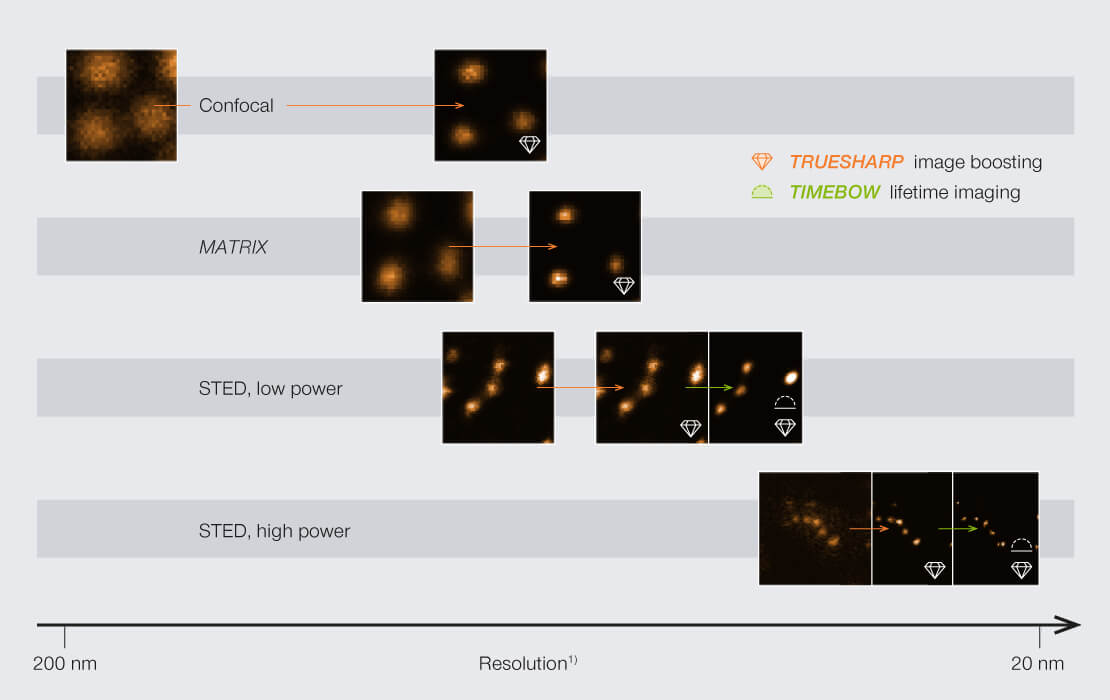
abberior’s technologies and modules to boost resolution, sharpness, and brilliance of your images
TRUESHARP –
artifact-free noise removal
Dealing with noise in post-processing is not trivial. Standard procedures like Richardson-Lucy deconvolution tend to amplify noise, and countering this with regularization means making assumptions about the sample structure, such as whether it is smooth or sparse. Proceeding from this guesswork, the algorithm tries to remove noise. The resulting image may look good. However, the sample may not be in fact smooth or sparse and, as a consequence, processing pushes the result in the wrong direction, generating artifacts.
TRUESHARP takes a different approach. It makes use of a simple physical fact: noise is random! TRUESHARP identifies noise by its randomness and separates it from the signal originating from the imaged structures. This way, it can reliably remove noise without making any assumptions about the sample’s properties and without introducing artifacts by regularization or overfitting.
Conventional noise reduction is based on parameters and assumptions

TRUESHARP noise reduction is based on a physical fact: Noise ist random!

TRUESHARP –
the abberior way to deal with background
In any recorded image, signal and background are mixed, and standard deconvolution algorithms cannot fully distinguish between the two. The processed image therefore still contains some unwanted background.
Conventional deconvolution algorithms cannot fully distinguish between signal and background
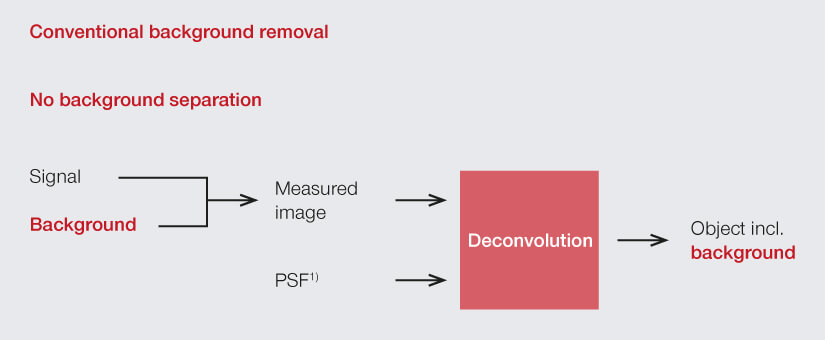
With TRUESHARP, we offer a unique solution to this problem. It analyzes signal and background separately. TRUESHARP has three ways to identify background:
It can apply an estimation algorithm to separate background from structure.
Or, even better, TRUESHARP can work in information that was physically measured with MATRIX and TIMEBOW:
TIMEBOW lifetime imaging records lifetime data that allows to e.g. separate autofluorescence background based on its different lifetime. However, that doesn’t always work as the background signal’s lifetime doesn’t necessarily differ from the wanted signal.
That’s why we have another ace up our sleeve: our MATRIX array detection. In any sample, the MATRIX detector picks up signal from different angles simultaneously and is thereby able to differentiate between background and in-focus signal.
Of course, all three methods can join forces inTRUESHARP and you can use the most suitable combination for your sample.
TRUESHARP analyzes signal and background separately

And there is another way in which the lifetime information collected with TIMEBOW can improve your images: TIMEBOW STED. Since the STED donut modulates the fluorescent lifetime depending on the distance of the fluorophore from the donut center, it encodes spatial information which then can be used to sharpen the PSF (Point Spread Function) and further increase resolution.
abberior’s TRUESHARP, MATRIX, and TIMEBOW technology allows you to get as close as possible to the truth of your sample, and will give you breathtaking, reliable images and insights.
1) The resolution is determined by the microscope technique and the resulting PSF (point spread function)
- Reliable noise and background removal by intelligent post-processing
- Resolution enhancement
- Uses physical information from MATRIX and TIMEBOW for best results
- For most crispy images








